Categories
The latest content
-

Customs Clearance & Import Regulations for Bulk Iranian Pinto Beans in EU, Middle East & Africa
..
-
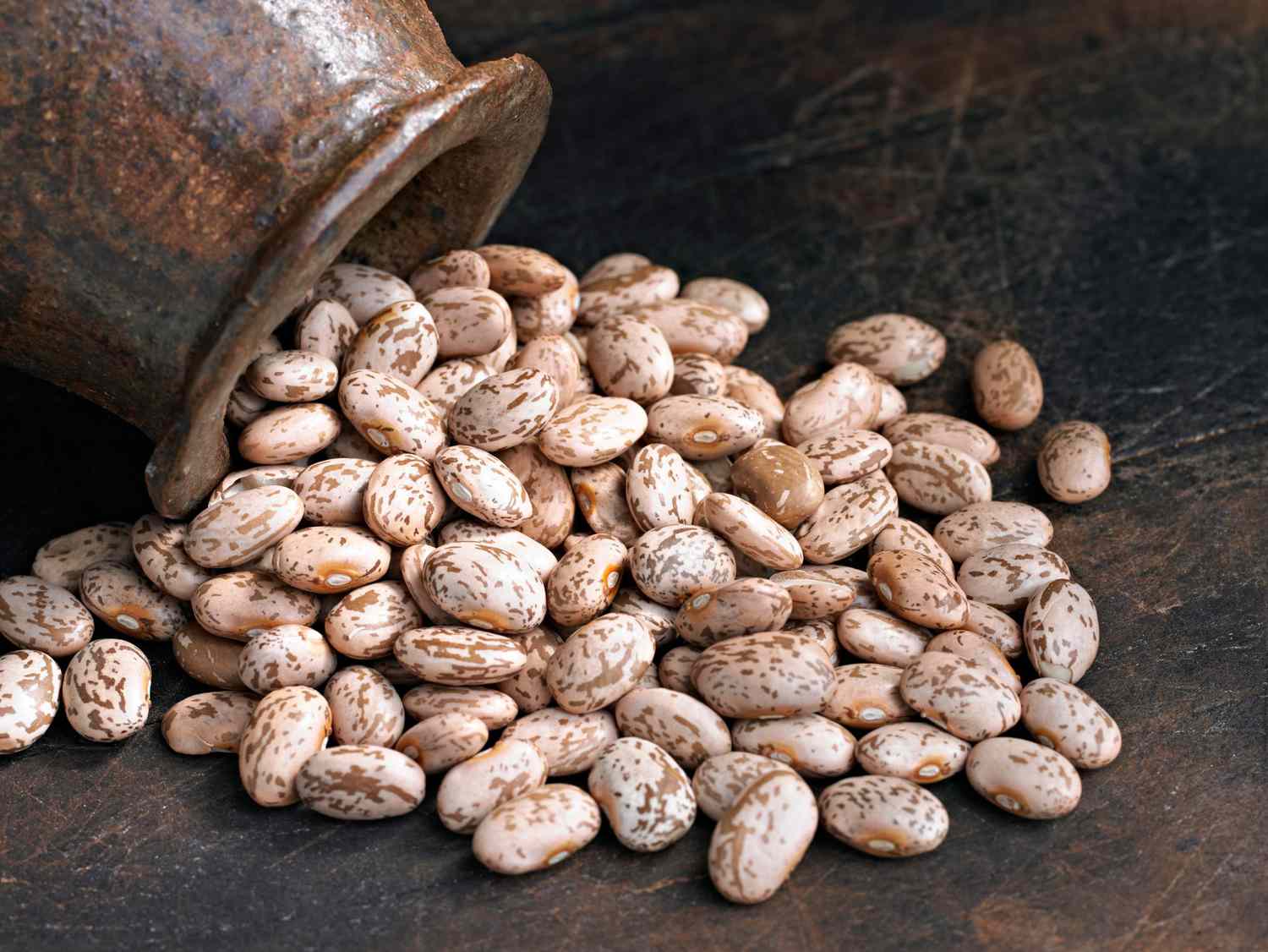
Quality Control & Laboratory Testing Standards for Iranian Pinto Beans
..
-
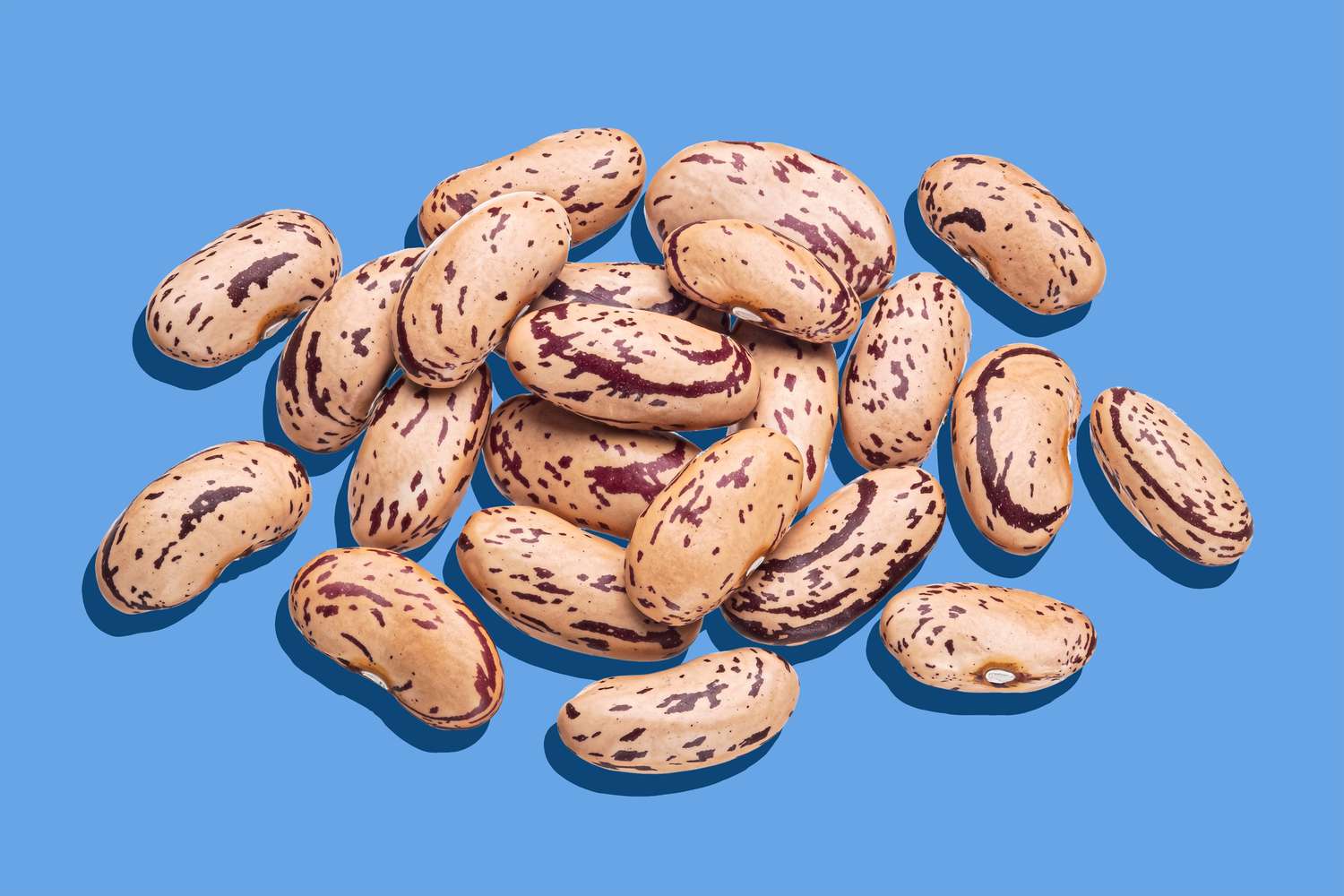
Logistics & Shipping Solutions for Bulk Iranian Pinto Bean Exports
..
-
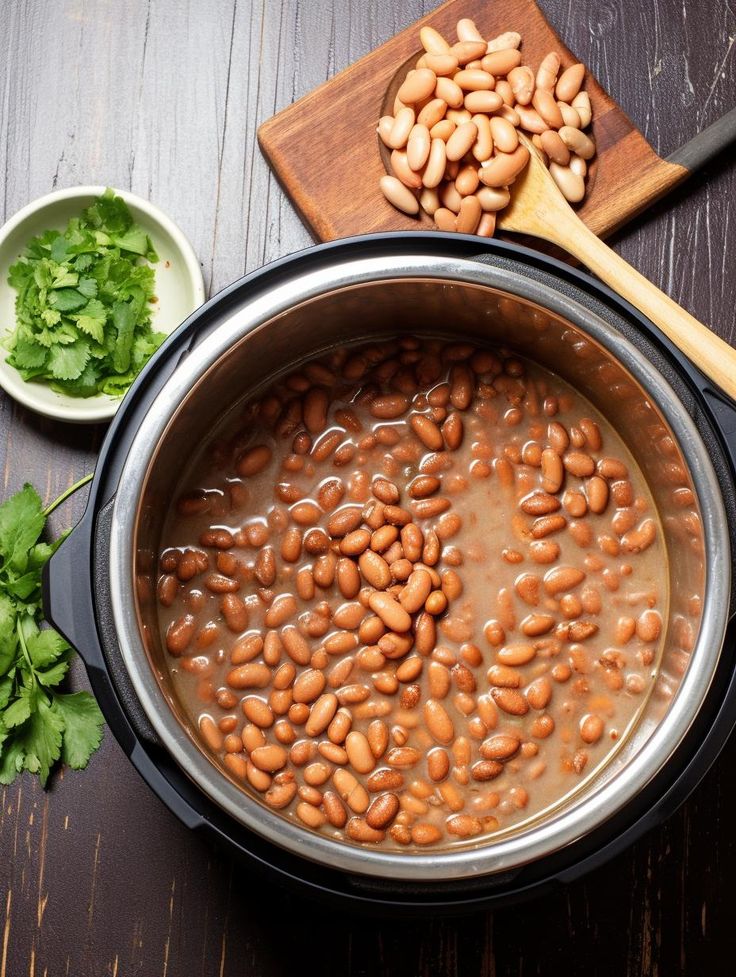
Minimum Order Quantity (MOQ) & Bulk Pricing for Iranian Pinto Bean Buyers
..
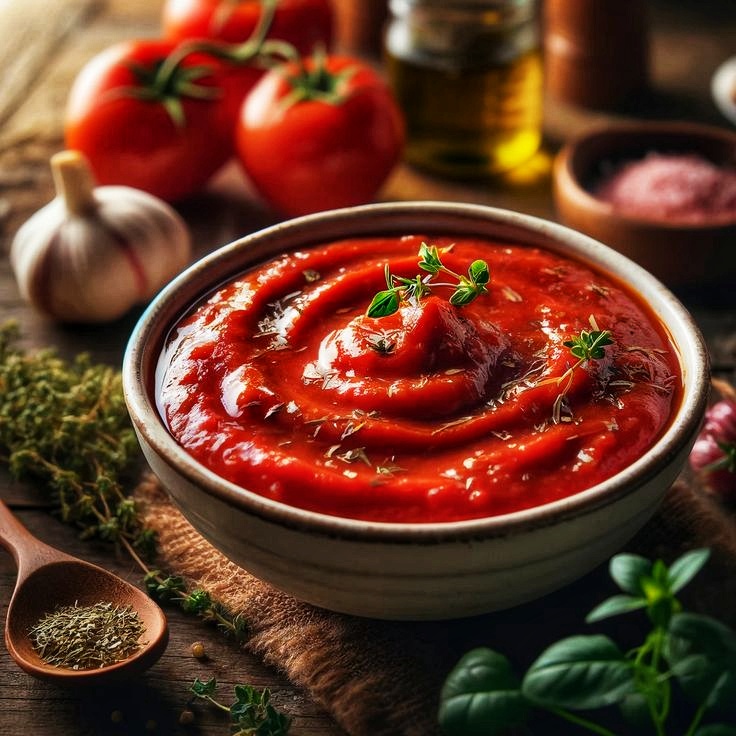
Tags
How to Identify Original Iranian Rice vs Fake or Blended Types?
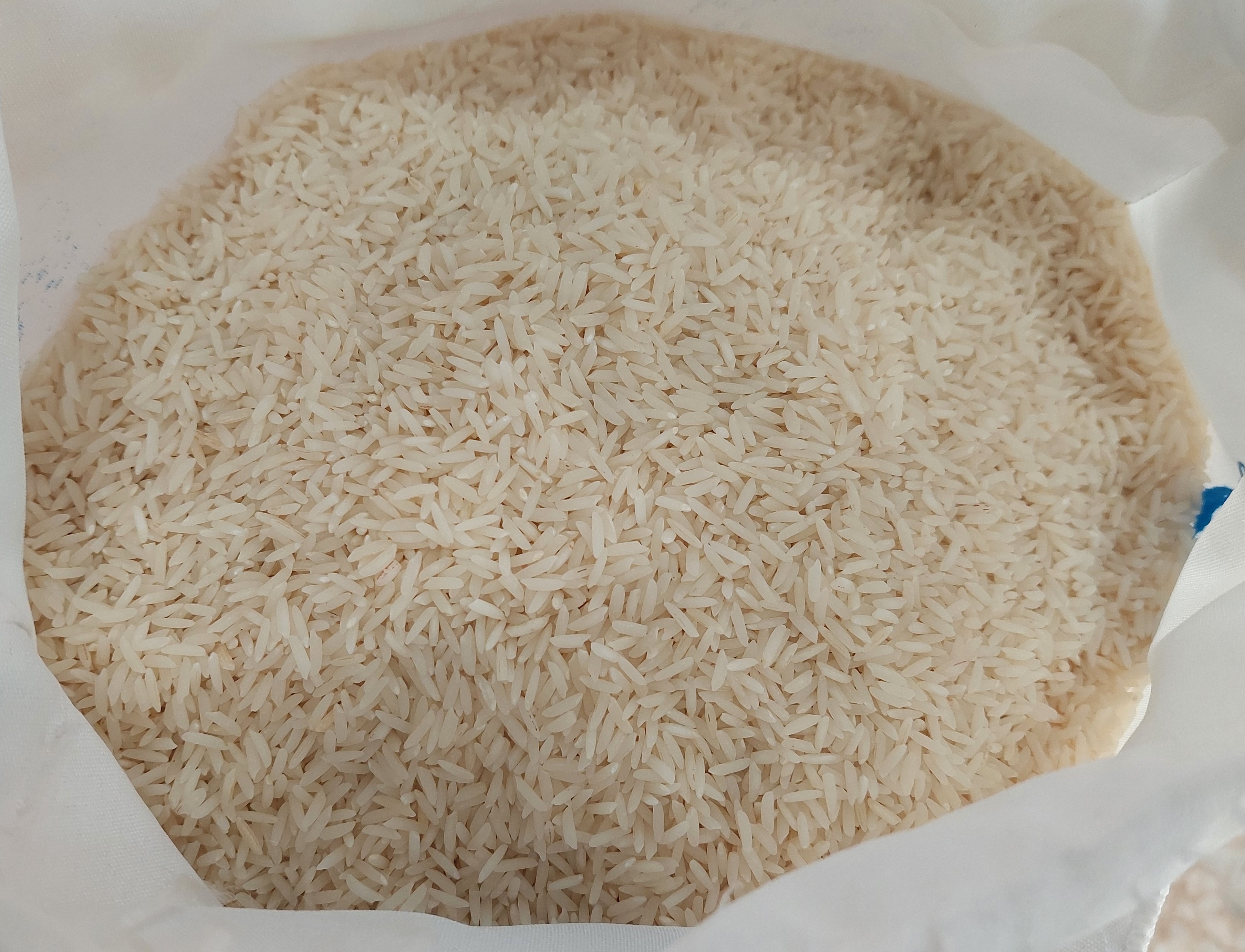
Iranian rice, especially premium varieties like Tarom Hashemi, Domsiah, and Sadri, are considered some of the finest in the world due to their aroma, taste, and natural cultivation methods. However, due to increasing demand and higher prices, some dishonest traders blend or label other types of rice as "Iranian rice."
So, how can importers, retailers, and even consumers tell the difference between original Iranian rice and fake or blended products?
Here’s your complete guide.
1. Check the Aroma Before Cooking
Original Iranian rice has a natural, earthy, and subtle aroma, especially when uncooked.
• How to test: Put a handful of uncooked rice in a closed container (like a glass jar) for a few minutes. When opened, the real Iranian rice gives off a mild but distinct fragrance.
• Warning sign: If the aroma is too strong or smells like added perfume, it’s likely artificially scented or mixed with other rice types.
2. Grain Shape and Texture
Each Iranian rice variety has specific grain characteristics:
• Tarom Hashemi: Long grain, slightly curved, with a chalky white appearance.
• Domsiah: Medium-long grain, slightly thicker, often with a black spot at the end.
• Sadri: Shorter and wider, but still aromatic.
Fake rice or blends often contain broken grains or long grains with unnatural polish or uniformity, which is not typical of organic Iranian rice.
3. Cooking Test: Texture, Aroma & Swelling Ratio
Cooking tells the truth.
• Original Iranian rice becomes fluffy, aromatic, and often produces a crispy bottom layer (Tahdig) when steamed.
• Its grains elongate, but do not become overly dry or brittle.
Blended or low-quality rice may:
• Cook too quickly
• Stay hard inside or become overly sticky
• Lose aroma or smell synthetic
4. Water Absorption Test
Original Iranian rice has high water absorption capacity, which makes it fluffy and light after cooking.
Test: Soak 50g of rice in warm water for 30 minutes. Original rice absorbs water and swells. If the grains remain hard or unchanged, the rice is likely fake or blended.
5. Check the Packaging and Source
When buying in bulk or packaged rice:
• Check the origin label: Ensure it is marked “Product of Iran” and provides details of the province (Gilan, Mazandaran, etc.).
• Reputable suppliers will often mention the specific variety name (e.g., Tarom Hashemi, Domsiah).
• Avoid rice labeled only as “Iranian rice” with no variety name, no source location, and no producer information.
6. Price as an Indicator
Iranian rice, due to its labor-intensive production and lower yield, is more expensive than Indian or Pakistani rice.
• Too cheap = suspicious: If it’s offered at a price close to or lower than imported Basmati rice, it may not be genuine.
7. Request Lab Testing (for Importers)
If you’re importing Iranian rice in bulk:
• Request a certificate of origin
• Ask for lab reports that confirm the variety, moisture level, grain length, and absence of artificial fragrance
• Reputable Iranian exporters will provide these on demand
Conclusion: Trust Matters
Identifying original Iranian rice requires attention to aroma, grain appearance, cooking behavior, source labeling, and price. Whether you're a business owner or a home chef, buying from trusted Iranian suppliers is the most effective way to ensure authenticity.
Are you looking for premium, 100% authentic Iranian rice with verified quality?
Contact us today to receive samples, specifications, and pricing directly from Iranian farms.



